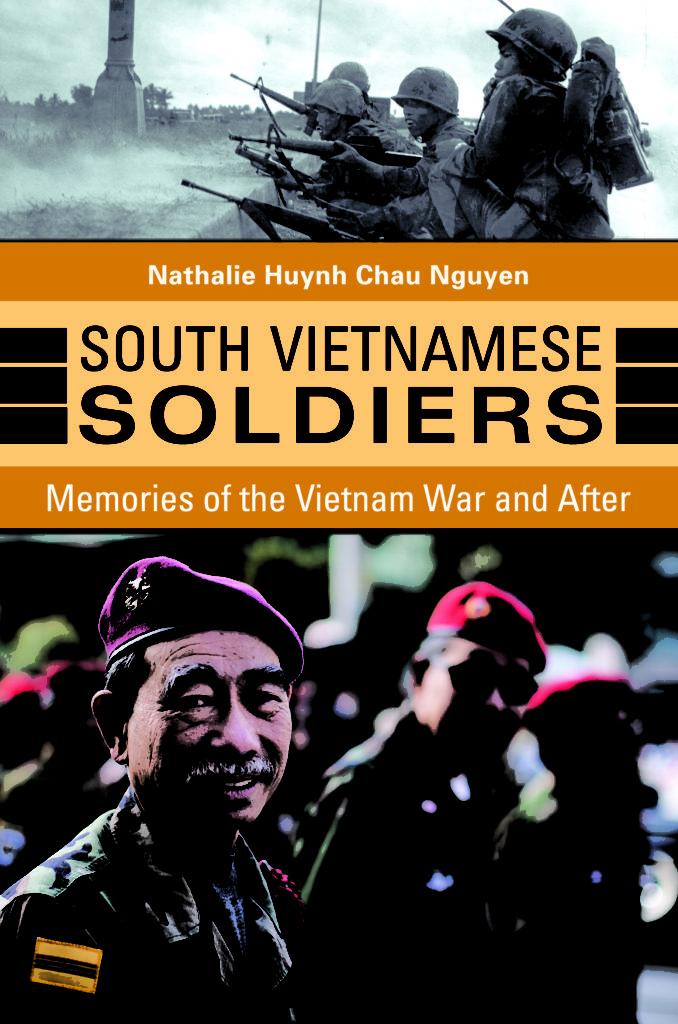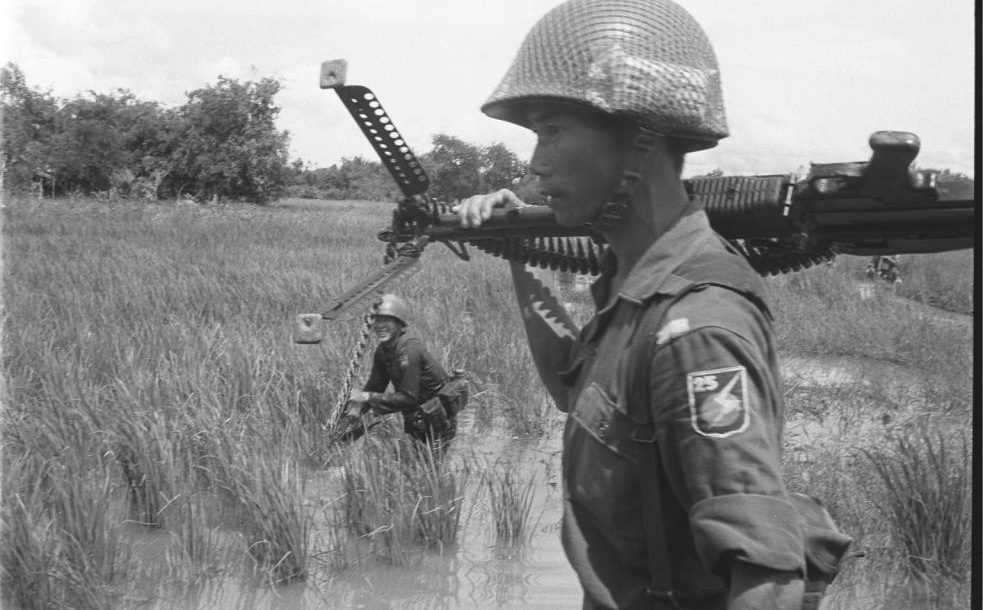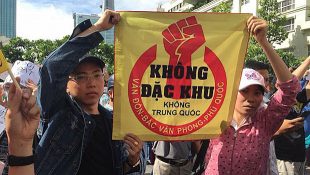 Of all of the major participants in the Vietnam War, the South Vietnamese—the very people the war was about—are paradoxically the ones about whom we know the least. A great deal has been written about American participation in the conflict thanks to the endless scholarly battles that have raged over the country’s conduct in the war. For a long time, treatments of the Communist movement tended to be coloured either by the hatred of their enemies or the hagiography they were afforded by their friends. But much serious scholarship has been done too, and the range available is only growing.
Of all of the major participants in the Vietnam War, the South Vietnamese—the very people the war was about—are paradoxically the ones about whom we know the least. A great deal has been written about American participation in the conflict thanks to the endless scholarly battles that have raged over the country’s conduct in the war. For a long time, treatments of the Communist movement tended to be coloured either by the hatred of their enemies or the hagiography they were afforded by their friends. But much serious scholarship has been done too, and the range available is only growing.
The South Vietnamese, meanwhile, struggle to escape from the weight of the stereotypes and simplifications that have burdened them for so long. Castigated as unthinking reactionary puppets by their opponents and often as military incompetents by their American allies, their voices and a sense of their agency have all too often been absent from histories of the war. Thanks to a “South Vietnamese turn” in the study of the Vietnam War, they are beginning—slowly—to shed this burden.
Nathalie Huynh Chau Nguyen’s new book, South Vietnamese Soldiers: Memories of the Vietnam War and After, is a contribution to this process. Nguyen’s book draws on 54 oral history interviews with veterans of the Republic of Vietnam Armed Forces (RVNAF) and their relatives. In free-form interviews, Nguyen gave these veterans a chance to relate their stories of the war and their postwar experiences, which in many cases included incarceration in re-education camps after the fall of Saigon in 1975, and later flight into exile. Nguyen has drawn on these interviews and secondary literature to tell a series of brief personal stories from the perspective of these RVNAF veterans.
A number of themes recur throughout the stories. One is the camaraderie and loyalty the veterans share. Another is their complaints about having to fight with equipment that was inferior to that provided to the Communist movement by their Soviet and Chinese allies. Yet another is the dire logistical and supply situation which faced the RVNAF as US aid declined following the Paris Peace Accords of 1973. The veterans experienced terror and loss, leavened it with moments of camaraderie and joy, and sometimes showed exceptional bravery.
The postwar experiences of the veterans are of particular interest. After the fall of Saigon, former RVNAF officers were told to report for re-education. They were asked to bring enough food for ten days, but many were subsequently imprisoned for years or even decades. Nguyen’s veterans tell harrowing stories of forced labour, malnutrition, and the loss of their friends in “the Bamboo Gulag”. Having finally been released, many were harassed by the authorities and eventually fled overseas. The traditional historiography of the Vietnam War often avoids reckoning with the postwar history of the Hanoi regime and its human consequences, and Nguyen’s stories are a useful corrective.
One gets the impression that Nguyen wrote this book primarily to commemorate and memorialise her interviewees, and the RVNAF more broadly. She also expresses a hope that the book could serve to inject a more balanced and nuanced portrait of the RVNAF into the wider historiography of the war. If the goal was to claim for the RVNAF equality of place among the combatants, and to demonstrate through their voices and suffering that we need to take their experiences seriously too in any holistic military history of the war, the book is a success. The war stories demonstrate that, for those at the sharp end, the experiences of war are remarkably similar on all sides—and that the RVNAF are certainly no exception.
Workers say no to Vietnam’s ‘Special Exploitation Zones’
A proposed new law on special economic zones would create enclaves in which key workers' rights and environmental protections are absent, or go unenforced.
Another limitation is that the interviewees mostly hail from a narrow social band of commissioned officers. Many came from educated backgrounds or were Northerners who had fled South in 1954. They are hence not representative of the RVNAF as a whole, in which the average soldier was an illiterate draftee who was much less likely to see South Vietnamese nationalism as a relatable concept. A greater diversity of interviewees might have been more illuminating, especially in shedding light on the questions mentioned in the previous paragraph.
Overall, Nguyen’s book is a welcome addition to the literature on the Vietnam War that achieves its aim of writing the personal stories of South Vietnamese soldiers into the military history of the conflict.
 Facebook
Facebook  Twitter
Twitter  Soundcloud
Soundcloud  Youtube
Youtube  Rss
Rss 

 Dr Andrew J. Gawthorpe is a Lecturer in the Institute for History at Leiden University. His book on nation-building in the Vietnam War will be published by Cornell University Press in December 2018.
Dr Andrew J. Gawthorpe is a Lecturer in the Institute for History at Leiden University. His book on nation-building in the Vietnam War will be published by Cornell University Press in December 2018.